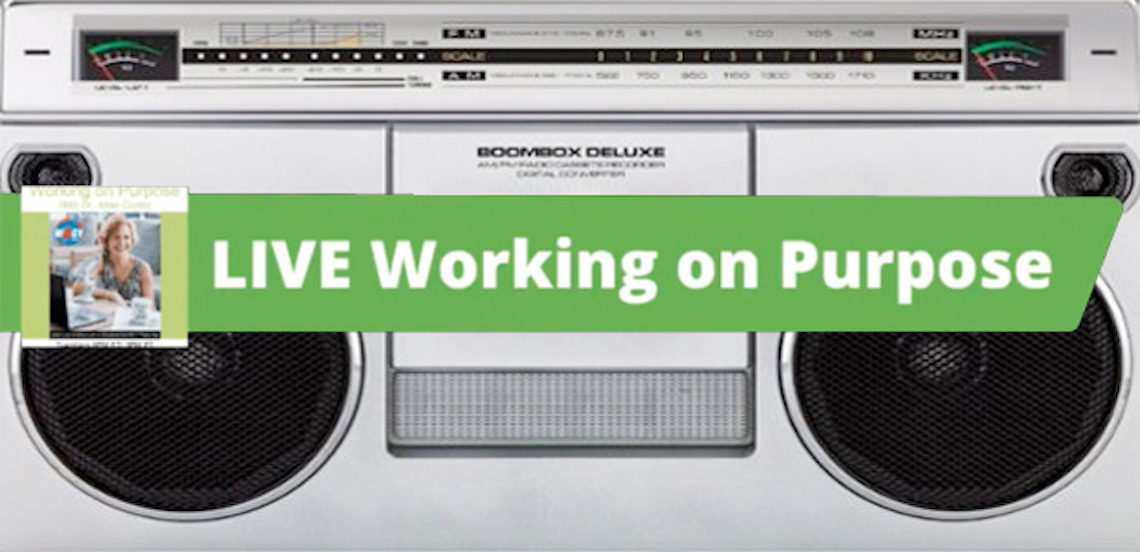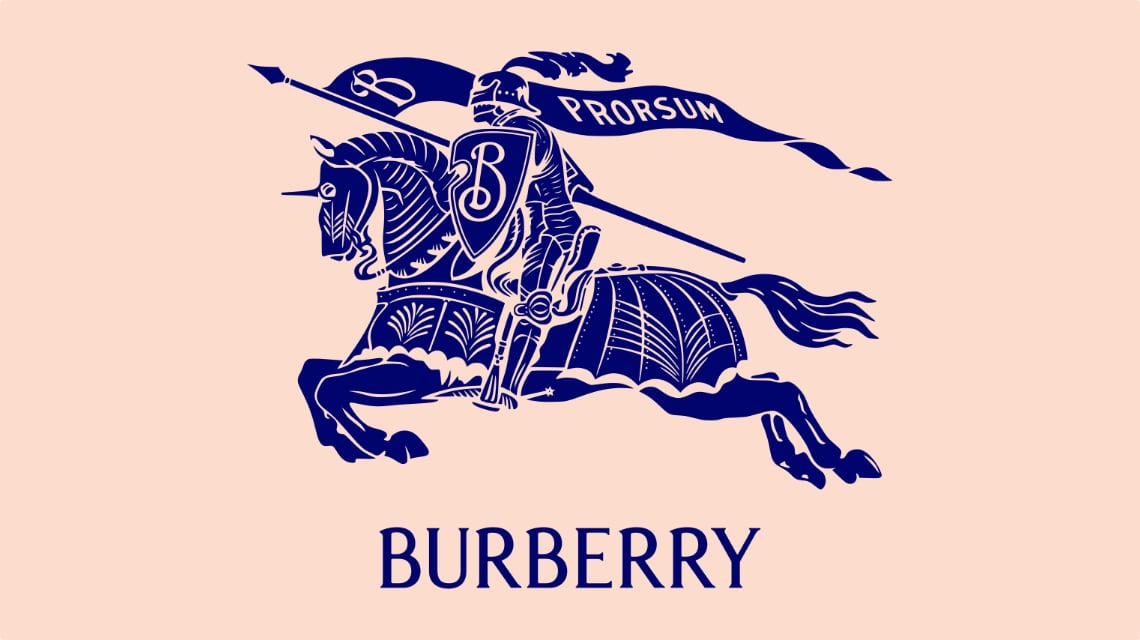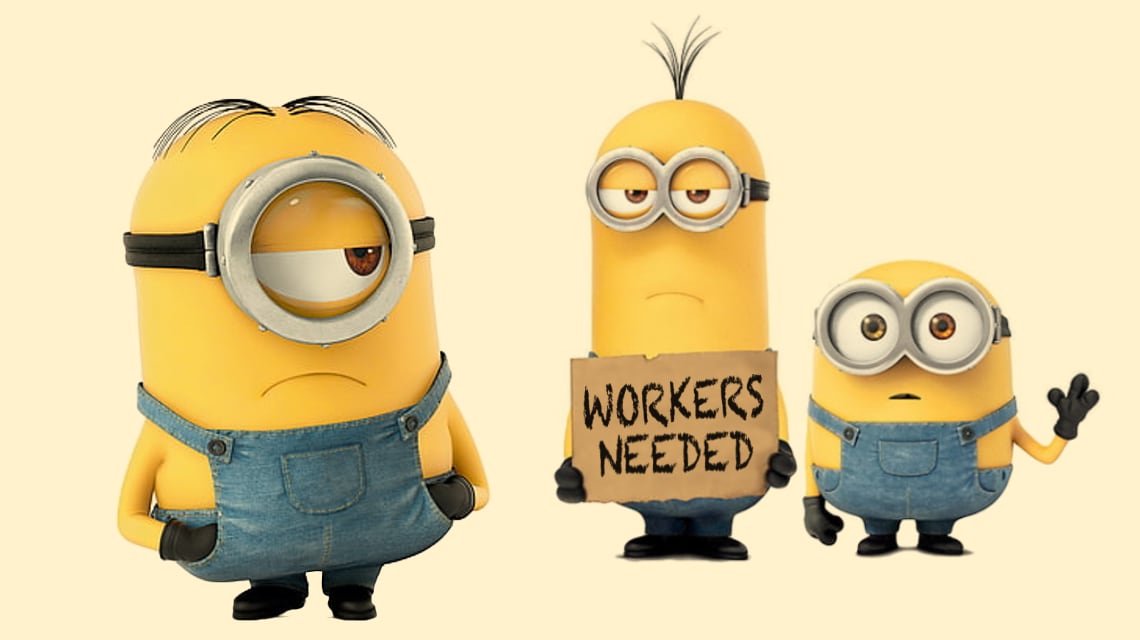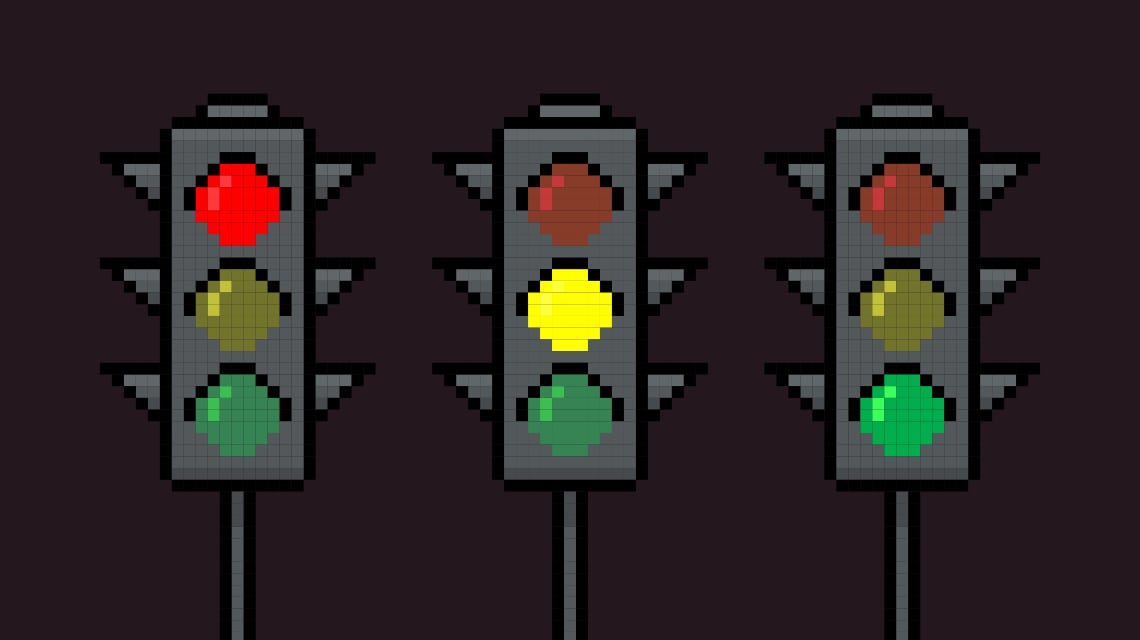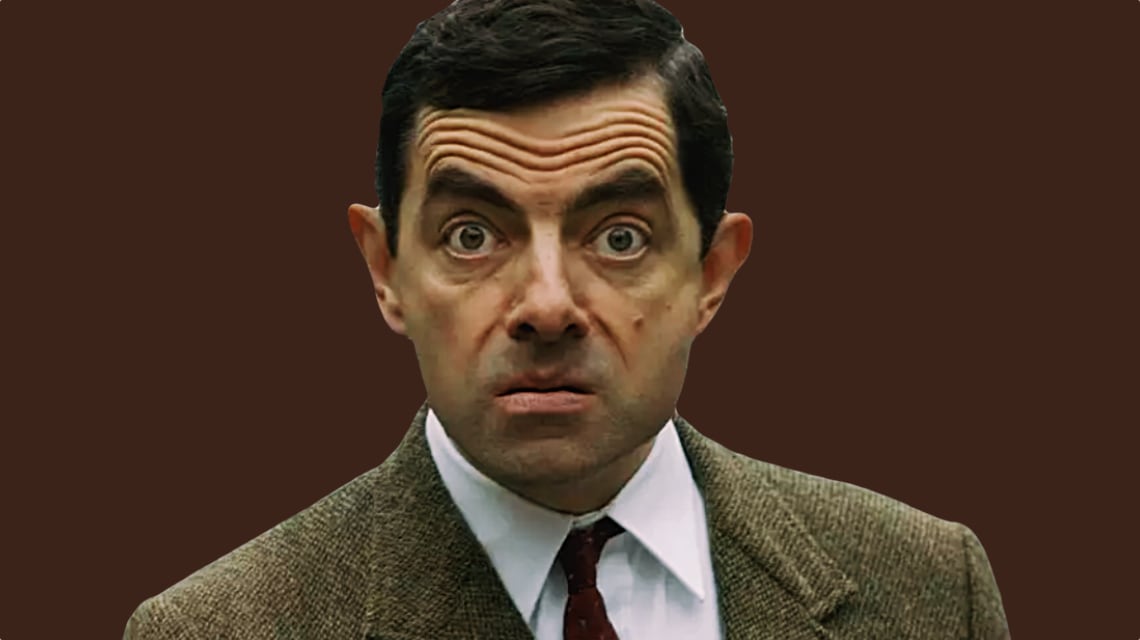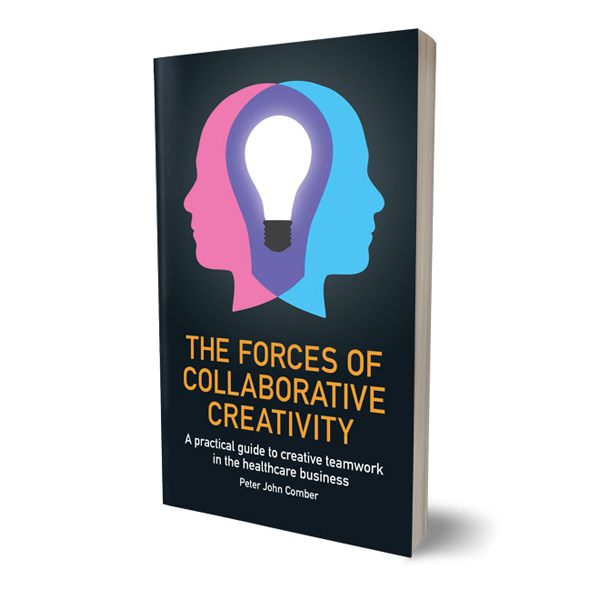It’s good to talk.
Adventures on live radio: the sudden death of a computer and an unfaithful record of a conversation with Alise Cortez.
At three minutes to midnight and the start of a live interview, my computer gave an electric sigh and went dark. That was the last sound the device ever made, so my attempts to reboot it were futile. I rushed downstairs, grabbed a backup machine, scrambled to locate the correct link and rejoined the VoiceAmerica Talk Radio platform just as Dr Alise Cortez, my host, began the transmission.
You can hear (and see) for yourself what happened next on the ‘Working on Purpose’show’s YouTube channel.
I enjoyed talking with Alise about my book and its subject, Collaborative Creativity, and I’m grateful she invited me onto her show.
The complete interview is fifty minutes long (and worth every minute) but as a quick alternative, I offer the following summary of some key points we discussed.
AC: Collaborative creativity uses the creative act as a way to bridge the divide between conscious and unconscious thought, please explain this.
PJC: Our conscious thoughts are a fraction of all the thoughts we have. Creativity (and the open exchange of ideas with others) helps us drag ideas out of our unconscious so we can then examine and discuss them. With surprising results, because we are all liars - most of our lies are self-deception so we aren’t consciously aware of it. It’s not malicious, we lie to project or protect our self-image, our beliefs. One of the five forces of Collaborative Creativity is self-discovery. We can learn a lot about ourselves and others through creativity.
AC: You talk about creativity as a means not an end, in what ways this be useful?
PJC: In business, the value of creativity is commonly associated with innovation and change. But creative thinking is a process and only one of the outcomes is invention (which leads to innovation and change), there are other highly desirable outcomes of the creative process we should be more aware of. I’ve already mentioned self-discovery - creativity is also a powerful way to convey empathy, stimulate the cohesion of a group and provide personal satisfaction to individuals. All of these are valuable, especially in combination, because they influence the effectiveness of innovation and change initiatives. Collaborative Creativity allows us to improve our understanding of self and others while co-authoring new ideas that provide us with personal satisfaction and also a collective purpose for a group.
AC: I don’t think I quite realized that: “Creativity begins with dissatisfaction with something, which provokes a desire to change it; this leads to ideas about how to make the change and finally action that creates the change”
PJC: To create is to destroy. Everything we make replaces something else. We usually resist change, we are more comfortable with the known. To overcome the inertia of change we need a motivator (internal or external) and the greatest motivator is dissatisfaction. All creativity is contextual. Businesses need the perspective of others to understand their dissatisfaction, so these can be acted upon and also potential solutions can be evaluated in the right context.
AC: You say it helps to see a problem from someone else’s perspective for creativity. Tell us why.
PJC: Applied creativity has a business objective - it is about creating for others, not yourself. Therefore it is vital to deeply understand who you are creating for. Like an actor immersing themselves in a character to provide a convincing performance, a creative solution isn’t compelling unless it resonates with the audience.
AC: You write that the aim of Collaborative Creativity is to make it possible to talk about relevant emotions, beliefs and experiences. Why is this important?
PJC: Whether we recognise it or not, emotions have a significant amount of control over our actions. We strive to be rational beings but we are not. My area of expertise is healthcare, where emotion is avoided or minimised. That doesn’t mean it's not there or it's not having an effect. Understanding the way people act and why, especially when those people aren’t consciously aware of their actions and the biases that influence them, is important. I have learnt that if you embrace multi-stakeholder complexity and create something with all the relevant parties, it will be different, more appropriate, better.
AC: You said in a previous conversation that you are intrigued by the limits of language. Can you say more about that?
PJC: Words are placeholders for meaning. The significance of words or phrases can be interpreted very differently by people. This is especially true in technical terminology (we don’t all understand the same thing) or slightly abstract concepts (where individual experience and interpretation can vary greatly). Words work maybe 95% of the time yet we have the illusion that they work 100% of the time. We think because we said ‘something’ that the idea we wanted to convey was understood. This isn’t always the case and in ‘unequal’ conversations like, for example, those between a patient and a doctor, the difference between what is said and what is understood can be significant and even tragic.
AC: I like how you encourage people inside organisations, telling them they are creative and that you believe they are the right choice to tackle certain problems. That’s so empowering and engenders a creative culture.
PJC: Confidence is the main barrier. We are all born curious and creative. Traditional education and business environments reward precise memory, the ability to apply rigorous methods and the use of logic. Consequently most people are trained and incentivised to not be creative. The key is to give people a safe context, with the right tools and motivations. You have to ask them the right things, be sure their task is relevant to them. If they feel confident and comfortable everyone can be creative.
AC: In your book you write, “Creativity also affects human relationships. Something profound happens to people who share and develop ideas together: the creative process involves a transfer of energy and a kind of intellectual intimacy.”
PJC: Following the thoughts of another and contributing your ideas, pursuing a shared goal, is a powerful way of uniting people. The experience of seeing an idea evolve and morph within a group is very exciting and rewarding. When an idea starts to ‘roll’ it picks up contributions and nuances from all around and snowballs, seemingly with a life of its own. That always provokes a good feeling, of collective achievement, in all involved.
AC: What are some of the chief learnings you see businesses taking from the coronavirus pandemic?
PJC: I find it interesting that the ‘getting stuff done’ part of the sudden, mass, switch to work-from-home has been a bigger success than was anticipated and much of the concern regarding distanced working is now related to the loss of serendipity and the ‘coffee machine’ effect. Random connections that occur due to proximity are important and also fragile. I believe that methods like Collaborative Creativity can, when used with a certain frequency, be a solution that fosters stronger connections and provides a safe, low-stress environment for exploring issues and opportunities.
AC: This program enjoys global listenership and is designed to be a thought leadership platform that advances the conversation on creating workplaces and a world that embraces meaning, passion, and purpose at work to realize our highest potential and best impact as individuals and companies. What would you like to leave our listeners/viewers with today?
PJC: Please think of Collaborative Creativity as a process, not a result. It's like going to the gym, it is good for you. Some people cycle from A to B as a means of transport. Other people work out on stationary bikes, literally going nowhere but doing their bodies (and minds) good. In business, I think we stress the A to B type of creativity and ignore the ‘good for you’ type. Collaborative Creativity does both and indeed tries to find a balance between the two. I think being open to the value of creativity, even when it doesn’t translate directly into something that drives the bottom line is an increasingly important characteristic of successful and healthy businesses.
